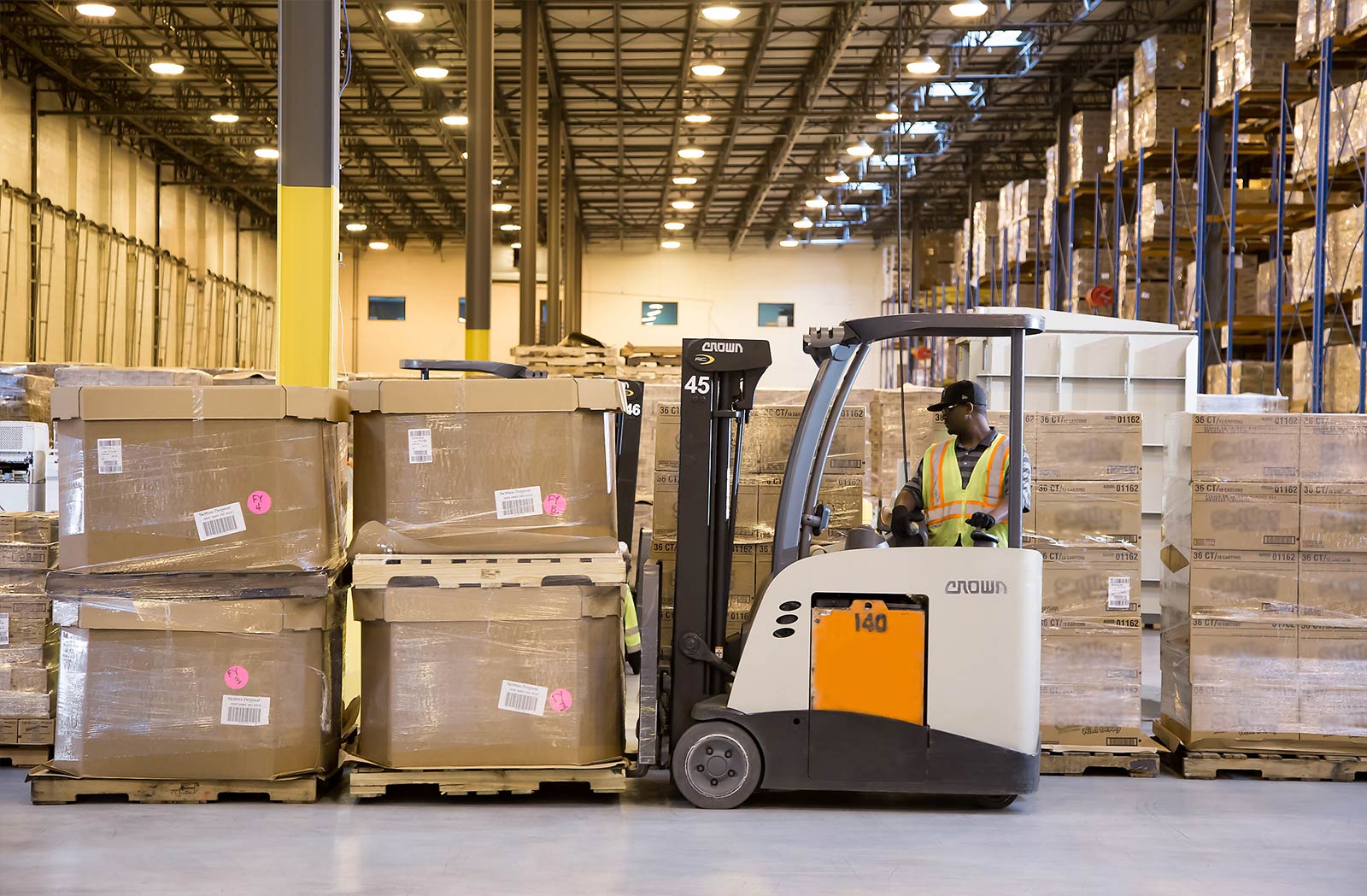Warehouse Packing Careers: A Guide to Logistics Jobs
Explore careers in warehouse packing and discover what it takes to thrive in the fast-paced logistics sector. This comprehensive guide covers essential skills, typical work environments, pay expectations, training pathways, and growth opportunities. Learn about certifications, shift patterns, safety requirements, and how automation is shaping the field so you can decide if a packing role aligns with your career goals.

Warehouse Packing Careers: A Guide to Logistics Jobs
Essential Skills and Attributes for Packing Roles
Working in warehouse packing demands a mix of physical stamina and practical skills. Successful packing professionals typically demonstrate: robust physical endurance for standing and repetitive motions; sharp attention to detail to prevent shipping errors; basic math for inventory counts and labeling; strong time-management to meet dispatch deadlines; the ability to work independently and within teams; and a clear understanding of workplace safety and correct use of personal protective equipment.
Beyond these fundamentals, employers value adaptability, reliability, and a mindset focused on continuous improvement. Packaging tasks often require learning specific systems — from barcode scanners to packing station workflows — so a willingness to adopt new tools is an advantage.
Typical Work Environments and Schedules
Packing work is most often based in warehouses, distribution centers, and fulfillment hubs that can operate year-round. Conditions vary: some facilities are climate-controlled while others expose workers to temperature changes depending on season and building design. Shift patterns are frequently nonstandard, with early mornings, evenings, nights, or weekend shifts common to meet customer and shipping timelines.
Most employers require sensible protective gear such as safety shoes, gloves, and back supports when lifting. Employers also enforce procedures to reduce injury risk, including proper lifting techniques and workstation ergonomics.
Pay, Benefits, and What to Expect
Compensation for packing roles is influenced by region, employer size, and experience level. Entry roles typically pay less but offer on-the-job training and basic benefits, while seasoned packers or supervisors receive higher wages and expanded packages.
| Career Stage | Approximate Annual Salary Range | Typical Benefits |
|---|---|---|
| Novice | $24,000 - $31,000 | Health coverage, paid time off |
| Mid-Career | $31,000 - $41,000 | Retirement plans, supplemental insurance |
| Veteran | $41,000 - $52,000 | Performance incentives, leadership opportunities |
Cost disclaimer: Salary ranges and benefits are approximate and may vary by location and employer; verify current figures when researching opportunities.
Career Progression: From Entry-Level to Management
A packing job can be a practical entry point into logistics. Many people start as packers and move into advanced roles such as senior packer, quality assurance specialist, or team lead. With sustained experience and additional responsibilities, career paths can extend to inventory control, shipping and receiving coordination, or warehouse management.
Progression often depends on demonstrated reliability, leadership potential, and the ability to learn operational systems. Pursuing certifications or cross-training in related areas (inventory systems, forklift operation, or scheduling software) can accelerate advancement.
Training, Certifications, and On-the-Job Learning
Most employers provide initial training covering safe handling, packaging techniques, and equipment operation. Common training topics include: correct lifting and material-handling methods; safe packaging and labeling practices; adherence to safety protocols; and the use of scanning devices and packing stations.
Some roles or employers prefer candidates with prior warehouse experience or industry-recognized credentials such as OSHA-related safety training. Specialized certifications — for example, hazardous materials handling or pallet-building standards — can make candidates more competitive and open doors to niche roles.
The Impact of Technology and the Future of Packing Jobs
Automation and new technologies are reshaping packing operations: conveyor systems, pick-to-light stations, automated sortation, and AI-driven inventory tools are increasingly common. Still, human expertise remains critical for quality control, complex packaging decisions, and tasks that require judgment or customization.
Workers who develop complementary skills — such as operating semi-automated equipment, troubleshooting systems, or performing quality inspections — will remain in demand. Specialization in areas like custom packaging design or dangerous goods handling can further enhance job security and career mobility.
Practical Tips for Anyone Considering a Packing Career
- Research local employers and typical pay scales in your area to set realistic expectations.
- Emphasize reliability, attention to detail, and teamwork on your resume and during interviews.
- Take advantage of employer training programs and ask about cross-training to broaden your skillset.
- Consider certifications that match your career goals, such as safety training or hazardous materials handling.
- Prepare for variable schedules and physical demands by building endurance and practicing safe lifting.
Final Thoughts
A role in warehouse packing offers practical entry into the logistics industry, with clear pathways to more advanced positions for motivated workers. While automation continues to transform operations, hands-on skills and situational judgment remain valuable. If you enjoy active work, have an eye for accuracy, and are open to learning, packing can be a steady and rewarding career choice. As with any career decision, verify current job market conditions and speak with industry professionals or career advisors to make the most informed choice.






